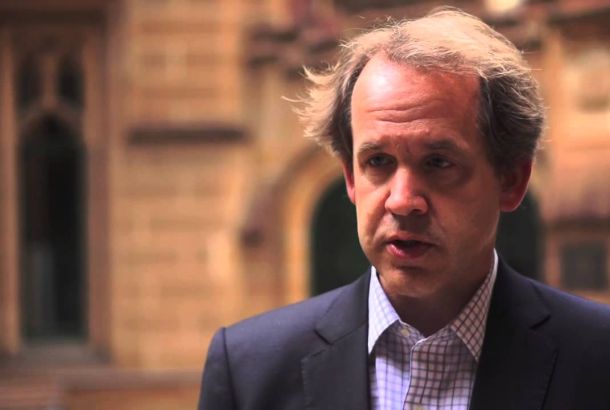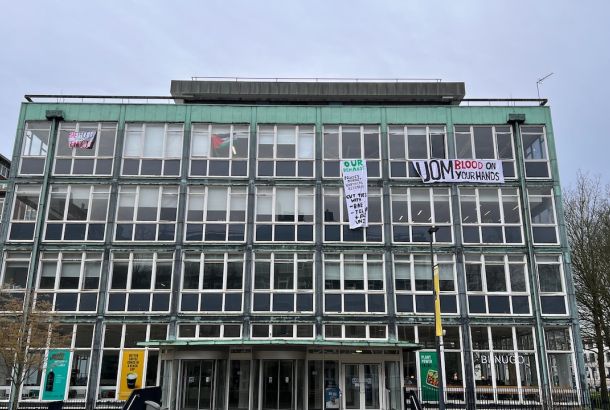Poorest countries aim to eliminate fossil fuels
Members of the Climate Vulnerable Forum (CVF) have announced that they are aiming for 100 per cent renewable energy production for all domestic needs by between 2030 and 2050. The forum is made up of the countries which are “highly vulnerable to a warming planet”.
Some of the countries involved are experiencing extreme weather conditions as a result of climate change. According to the BBC, Mattlan Zackhras, a representative from the Marshall Islands, said: “We are pioneering the transformation towards 100 per cent renewable energy, but we want other countries to follow in our footsteps in order to evade [the] catastrophic impacts we are experiencing through hurricanes, flooding and droughts.”
Not all CVF countries have fully developed energy infrastructures, so part of the plan involves creating not only power stations but the power lines as well. According to an article from The Guardian in July, one in five people in the world is still without power. The same article stated that “investment in renewable energy was higher in the world’s poorest countries than the richest ones for the first time in 2015.” Recent advances in energy storage and transportation are also helping to boost the renewable energy market.
A lot of the finance required for the CVF’s plan will be coming from richer nations as part of the Paris climate deal. There is however some uncertainty over the future of the USA’s involvement. Although the country had promised $3 billion towards the green climate fund, and has currently paid around $500 million, Donald Trump plans to stop further US contributions towards global warming initiatives.
Even with concerns over investment, there is a growing movement towards green energy and it is often smaller innovators who are leading the change. In 2002, self-taught William Kamkwamba achieved fame by building a windmill out of junk to bring electricity to his Millawian village. He had to drop out of school when his family could no longer afford the £50 a year fee but maintained his education by going to his local library. Aged 14 at the time, he came across an image of a windmill in a science text book and, having seen the potential for bringing power and pumping water, he decided to build one himself.
As the Marrakesh conference draws to a close, the CVF has received widespread support for its pledge. Miguel Arias Canete, the EU climate commissioner said: “The commitments made by the Climate Vulnerable Forum today are both impressive and inspirational.”
With or without all the promised financial support, it looks like the CVF will be leading the way towards positive change.







